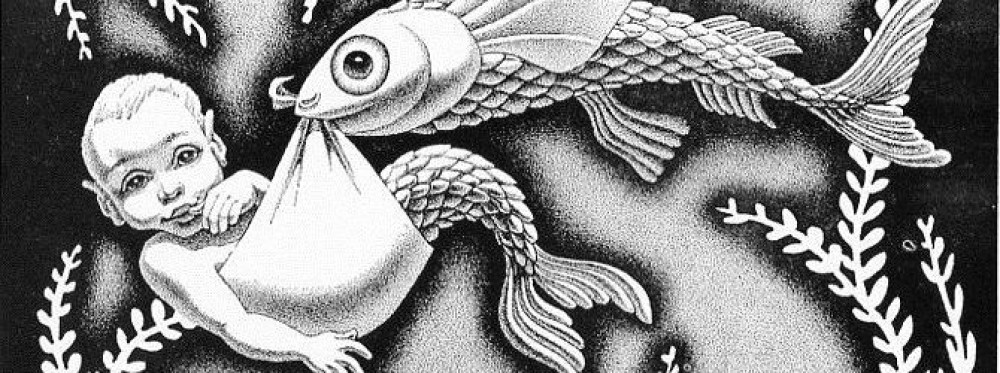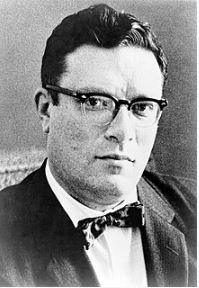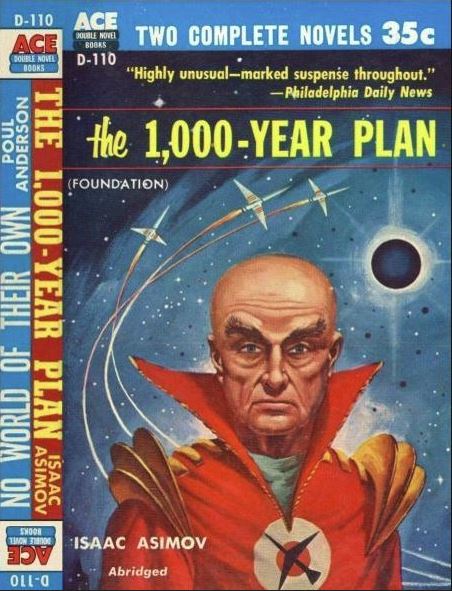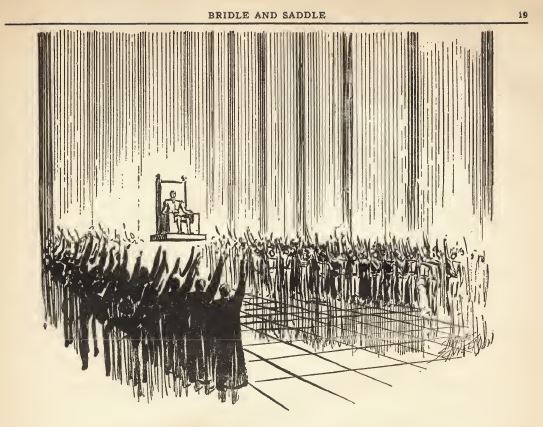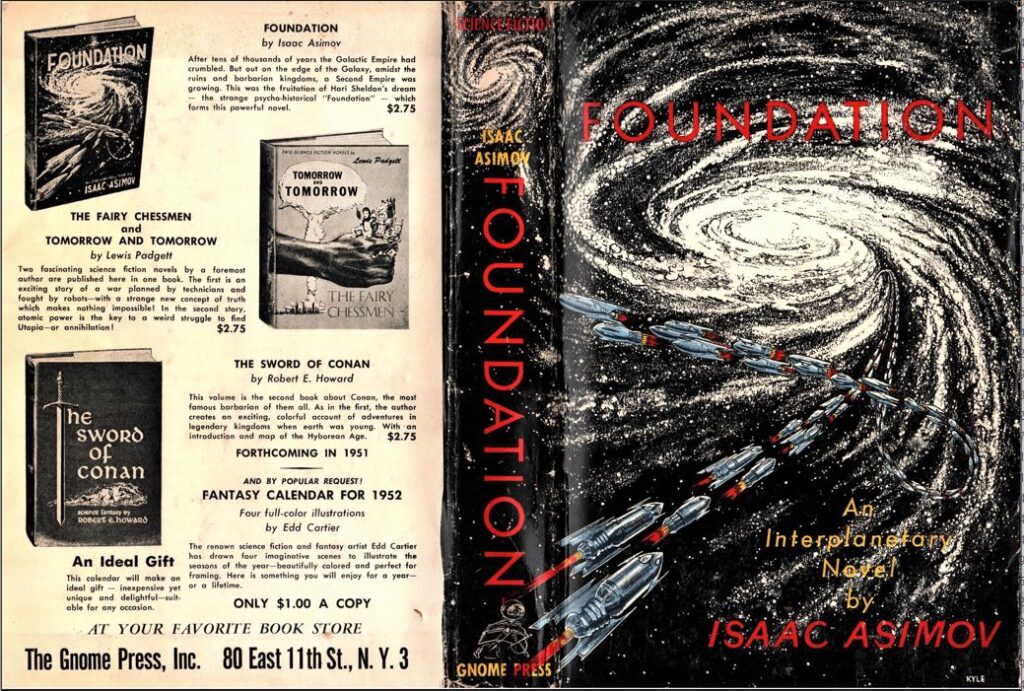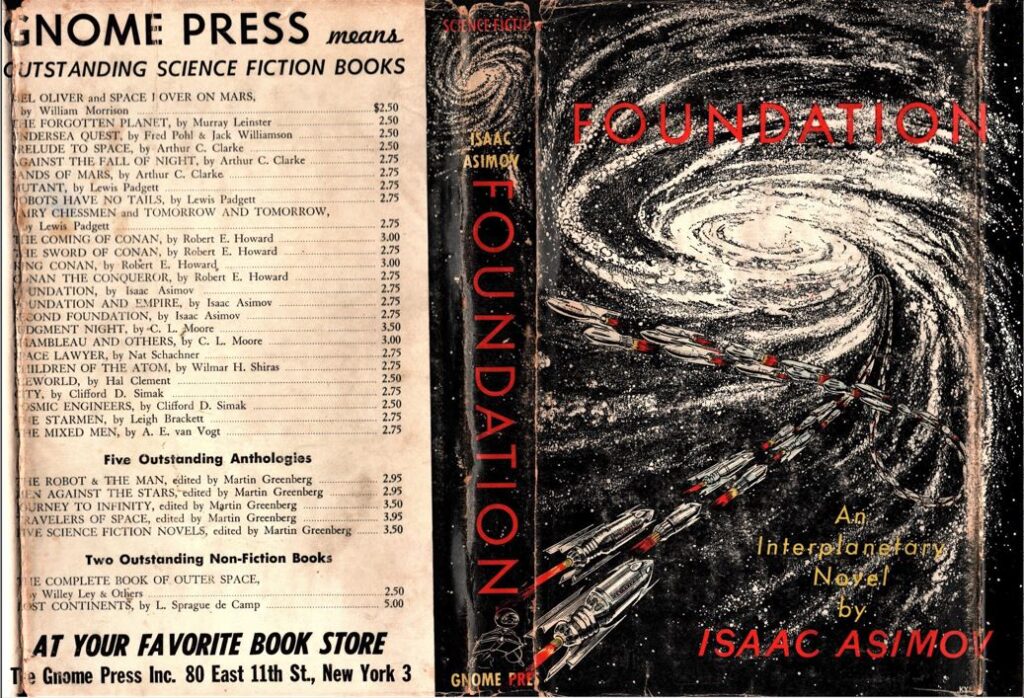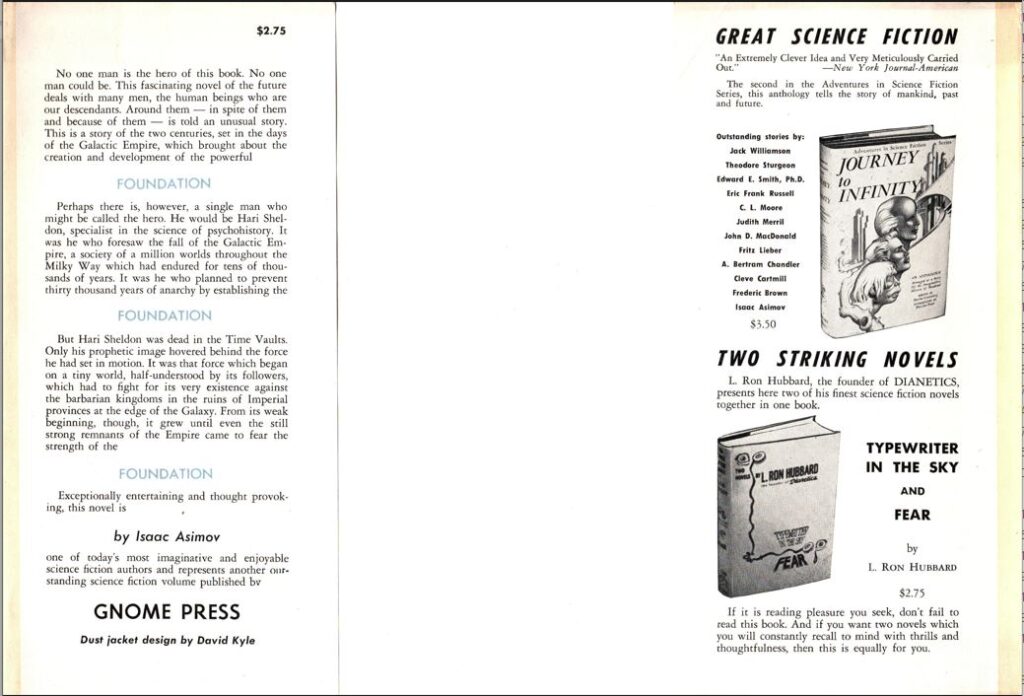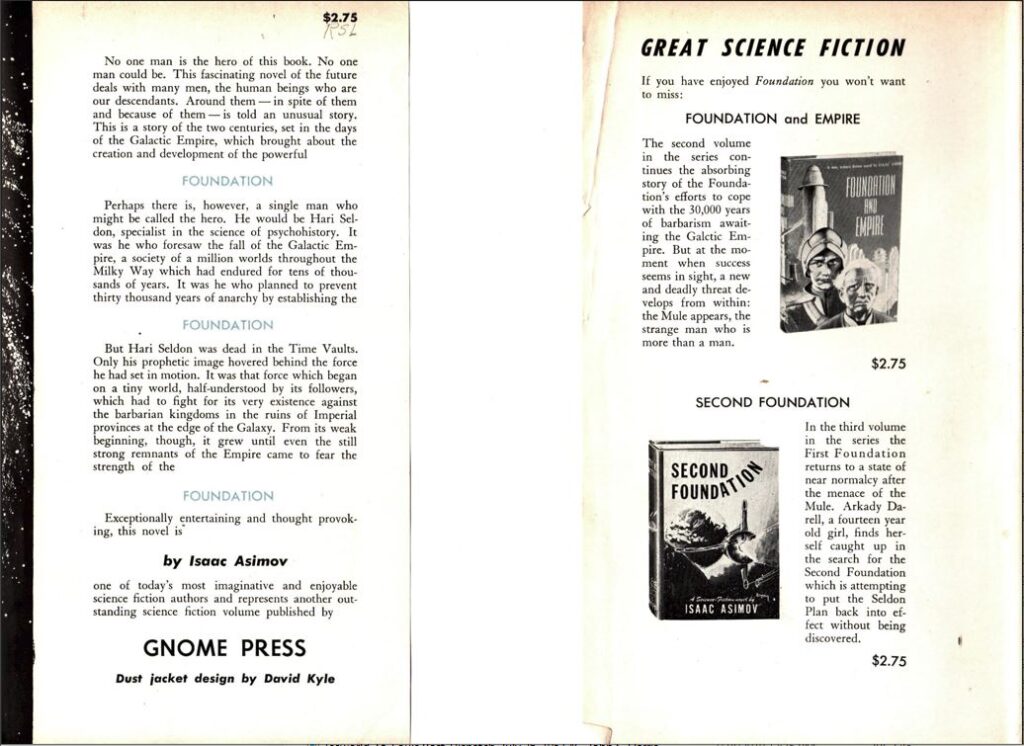Comments
In 1966, the Foundation Trilogy won the one-time-only Hugo for Best All-Time Series, beating out Edgar Rice Burroughs’ “Barsoom” books, Robert A. Heinlein’s “Future History,” the Lensman” series by Edward E. Smith, and a novel that wasn’t any kind of a series, none other than J. R. R. Tolkien’s The Lord of the Rings. Hugo voters are an eccentric lot, as can be told by the nominations, but Asimov’s victory was as certain as such things get. His reputation in the field had exponentially increased, ironically, in the decade since he decided to abandon science fiction writing in the wake of Sputnik and devote himself to popular science for the masses. Blending cause and effect, Doubleday’s Science-Fiction Book Club released a one-volume edition of the Trilogy in 1963. A trial membership in the SFBC got you three hardcover titles for one dollar, cheaper than three paperbacks. Seemingly every young fan greedily checked off the box next to the triple-value Foundation Trilogy. Doubleday reprinted it over and over, at least twice in 1965 and once in 1966. Doubleday also issued a uniform three-volume hardcover edition in 1963 for purchasers with more pocket money, picked up by libraries as well. If the Hugo voters needed any more nudges to value Asimov over all others, he had edited an anthology called The Hugo Winners, the best of the best, published by Doubleday in 1962 with a SFBC edition quickly following.
The Foundation Trilogy collects nine stories, eight of them originally appearing in eleven issues of Astounding in the 1940s plus an introduction written for Gnome. (The last part of the “…And Now You Don’t” was in the Astounding cover dated January 1950, a magazine that would have been available for sale in December 1949.) Eventually the stories stretched over 200,000 words, not one of which was in in Asimov’s head when he pitched the idea to John W. Campbell. All he suggested was an inchoate imitation of Heinlein’s Future History, conjured by thoughts of Gibson’s The Decline and Fall of the Roman Empire expanded to galactic size. Campbell, in Asimov’s telling, flipped the notion to the telling of a fall followed by the Rise of the Second Galactic Empire. Asimov would also incorporate some of Arnold Toynbee’s depictions of empires continually cycling between high and low points. He never specifically mentioned it as an influence, but it’s hard not to see homages to the Technocracy movement, in which rational and efficient engineers were to be given control of society over uneducated and easily influenced politicians.
The Foundation, created by psychohistorian Hari Seldon, will reduce the period of feudalism to a mere thousand years. (The first paperback version of Foundation was in fact retitled The 1000-Year Plan. As an Ace Double it was bannered one of “Two Complete Novels” even though “Abridged” was in smaller print on the cover. Gnome was not the only publisher buyers needed to be careful with.)
Campbell also gave Asimov the notion of a secret Second Foundation to keep in his back pocket for some future story. Asimov brooded over these marching orders only to realize that Campbell had been correct each time, every suggestion a kick to his subconscious to broaden and deepen the stories far beyond the early puzzle-problems he had been writing.
The Foundation Trilogy is today considered a single, long, connected series, hardly something that can be broken into parts. So what are the parts to be called? The ISFDB calls each of the three volumes “collections,” i.e., collections of stories rather than novels. Gnome’s flap material refutes that by referring to Foundation explicitly as a novel. The Encyclopedia of Science Fiction solves the issue by calling such cobbled-together strings of stories “fixups.” I find the term too ugly to use, but it seems to have become standard usage in the field.
Galactic Empires would seem to be antithetical to scientific coherency but it took an outsider to point out the laughableness of plunking 20th century societies tens of thousands of years in the future. An unsigned review in the March 2, 1952, Oakland Tribune ponders that, “With all the super science naturally involved in such a story of the future it seemed strange that Mr. Sheldon [sic], sharp as he was, should die of old age in his 81st year.”
Gnome Notes
Officially, no Gnome book had a second printing except The Carnelian Cube. After that fiasco, Greenberg had an all-too-obvious aversion to the term, leaving his books labeled First Printing no matter how loudly the changes shouted. ESHBACH lists seven titles that went back to print: three of Greenberg’s own anthologies, Clarke’s Sands of Mars (which he notes had a third printing), and all three volumes of the Foundation Trilogy. (There were others he missed, though.) With the largest first printing handed to Heinlein, it becomes clear that the Big Three truly lived up to that epithet: they towered over the field.
The second printing of Foundation took place in 1954, its revised back panel identical to that of Lost Continents and The Forgotten Planet, as well as the second printing of Sands. (My copy has an owner inscription of July 1, 1954.) Both ESHBACH and CHALKER give a figure of 2500 copies. Money must have been tight, for Greenberg ameliorated the cost of printing by using smaller, thinner, and altogether cheaper paper that has browned in a way the first printing has not. The text is visually identical, but the side margin has been reduced by a full centimeter. The physical size of the book has been reduced from 8.3 x 5.4” to 8.1 x 5.0”; the width of the sheets is down from 0.6” to 0.5”. The smooth cloth of the first printing is now rough boards, and the red imprinted galaxy in the middle of the boards cover is missing. Nothing could make it more obviously a second printing distinct from the first, but the copyright page still reads First Edition.
Changes were also made to the dust jacket, presumably also to save money, although in a weirdly inconsistent fashion. The stream of spaceships on the original cover had a blue overlay. They are gray on the second cover. Removing a color as a savings would make sense, except that the front flap, an integral part of the front cover, retains the blue printing for the word “Foundation.” The second printing corrects a typically unforgivable Gnome name misspelling: “Hari Seldon” replaces the improper “Hari Sheldon” (perhaps the Tribune reviewer took notes mostly from the flap). Given all the other changes, you might think that the new dust jacket would be resized to fit the smaller new volume. It wasn’t. They are of equal width. Therefore, the front cover bleeds 0.5” onto the front flap, so far that the “N’ in FOUNDATION is cut in half and the “v” in Asimov is entirely off the front cover. The spine is shifted over so far that the “SCIE” in SCIENCE FICTION and the “GN” in “GNOME PRESS” fall on the back cover. That pushes the titles of the other Gnome Press books on the back panel around the edge of the rear board, making them almost unreadable. It’s a cheap, shoddy project. There have long been rumors of a book club edition of this title. Nobody has found one, so this lesser printing is probably the cause.
And yet… An almost unfathomable item came up for auction recently, selling for more than I could afford. A few pictures were made available, revealing a chimera that should not exist. This variant has boards identical to that of the true first edition, except that they were green and not cloth. The front flap has the inexcusable Hari Sheldon misspelling corrected. The rear flap blares “DON’T MISS THE NEXT BOOK!/FOUNDATION AND EMPIRE” and carries the P. O. Box 161, Hicksville, New York address that Greenberg wouldn’t move to until 1957. Moreover, except for the color, the green boards are identical to the red boards to the red boards variant of Foundation and Empire, which can be dated to 1961, and so is the back panel.
The evidence is utterly compelling that Greenberg, in dire straits in 1961 remember, sought to release more copies of Asimov’s megaselling trilogy. If so, he ran out of time and money before Second Foundation could be added to complete the set; at least no such copy has yet surfaced. Although, if money mattered, why go back to the blue-colored front cover when that had already been dropped for the second variant?
Two additional odd points must be mentioned. The copyright page on this Foundation variant, which on Empire is identical to the other editions and mentions H. Wolff as printer, drops the designation of Colonial Press as the printer. Is this evidence that Wolff printed (or perhaps bound old pages found in some storage) the Foundation variant in an effort to allow Greenberg to pay back some of his enormous bill?
The other oddity is that notwithstanding the claims I made earlier the copyright page omits the “FIRST EDITION” statement. This is monumental. No other Gnome title, no matter how many later editions Greenberg threw out the door, ever omitted a First Edition statement if one had been there in the first place. Did someone finally convince him that his labeling of later printings as first editions was a fraudulent exercise? Or did an unknown late assistant take a seemingly obvious step when bundling the pages off to the printer?
Only Doubleday’s book club editions made sure to remove first edition and printer designations. Can this be why rumors of a book club edition for Foundation persisted?
Without the book in hand, other changes cannot be known. The more I examine the images, the more I regret not digging deep into my retirement fund.
The text of the other two editions – and presumably this third – has a few minor revisions from the magazine originals. Section numbering has been added to breaks in the chapters. “Lathan Devers” of “The Wedge” has been renamed “Limmar Ponyets” in “The Traders.” The introductory paragraphs to “Foundation” were replaced by the new material in “The Psychohistorians.” Material as from the “Encyclopedia Galactica” provides bridging material between stories.
The chapter here called “The Mayors” was also included in Greenberg’s 1950 anthology Men Against the Stars. Since it makes little sense to publish a story twice in such a short time, I deduce that Greenberg didn’t know he would get the rights to the Foundation stories until later, possibly not until after he published I, Robot.
Kirkus Reviews gave the expected publication date as August 30, 1951.
Reviews
Basil Davenport, The New York Times Book Review, December 9, 1951
This book has a peculiar fascination for the student of historic parallels.
Groff Conklin, Galaxy Science Fiction, February 1952
The result is a book of real intellectual entertainment and adventure.
Contents and original publication
• “The Psychohistorians” (original to this volume).
• “The Encyclopedists” (Astounding Science Fiction, May 1942 as “Foundation”).
• “The Mayors” (Astounding Science Fiction, June 1942 as “Bridle and Saddle”).
• “The Traders” (revised from “The Wedge,” Astounding Science Fiction, October 1944).
• “The Merchant Princes” (Astounding Science Fiction, August 1944 as “The Big and the Little”).
• Excerpts from the Encyclopedia Galactica (original to this volume).
Bibliographic Information
Foundation, by Isaac Asimov, 1951, copyright registration 15Sep51, Library of Congress Catalog Card Number not given [retroactively 51-13439], 255 pages, title #16, back panels #16,27, $2.75. 5000 copies printed, 1951; 2500 copies printed, 1954. Dust jacket design by David Kyle. “FIRST EDITION” on copyright page. Designer: David Kyle. Printer: Colonial Press Inc. Manufactured in the U.S.A.
Variants, in order of priority
1) (CURREY A) Hardback, dark blue cloth, spine lettered in red. Galaxy icon on front cover. Words on spine horizontal. Boards are 8.3 x 5.4”. Sheets measure 0.6” across the top. Back panel: 3 titles plus forthcoming Fantasy Calendar for 1952. Gnome Press address given as 80 East 11th Street, N. Y. 3.
2) (CURREY B) Hardback, dark blue boards, spine lettered in red. Front cover blank. Words on spine vertical. Boards are 8.1 x 5.0”. Sheets measure 0.5” across the top. Back panel: 32 titles. Gnome Press address given as 80 East 11th Street, New York 3.
3) Hardback, green boards, spine lettered in black. Galaxy icon on front cover. Words on spine horizontal. Copyright page omits words “FIRST EDITION” and “Printer: Colonial Press Inc.” Back Panel: 32 titles. Gnome Press address given as P. O. Box 161, Hicksville, New York. [not in CURREY] [not seen; information from auction catalog images]
Images


